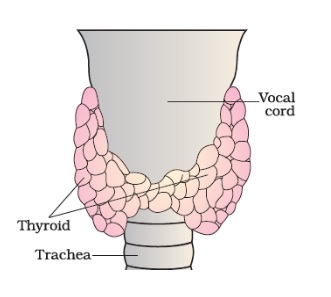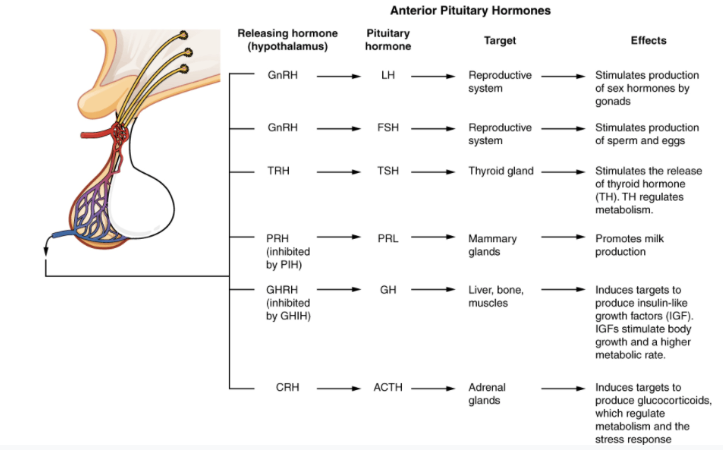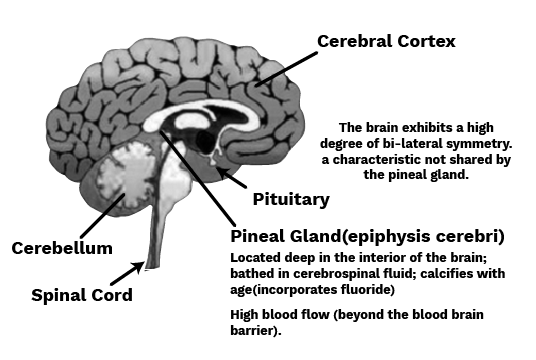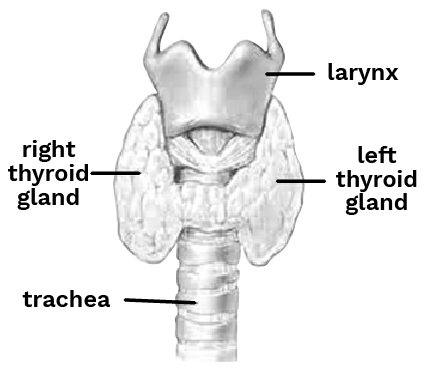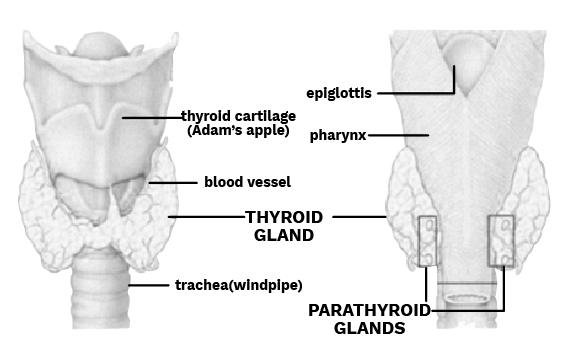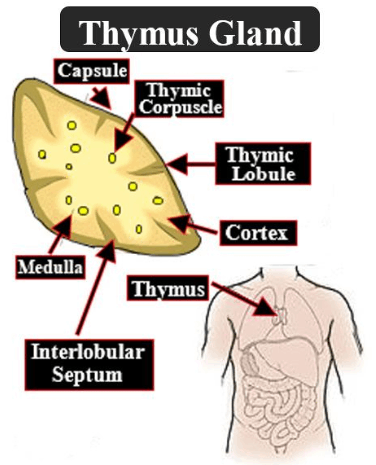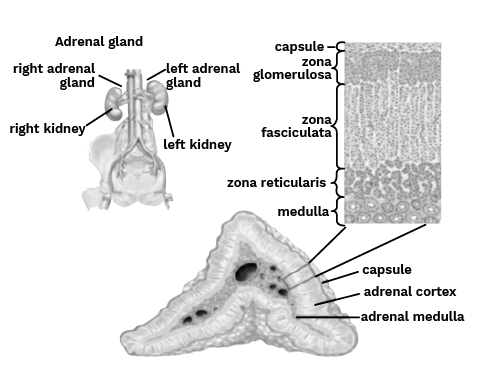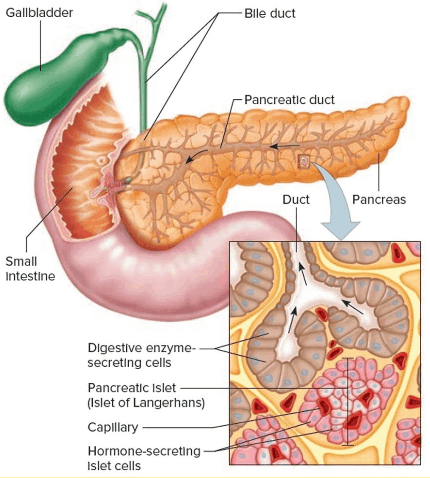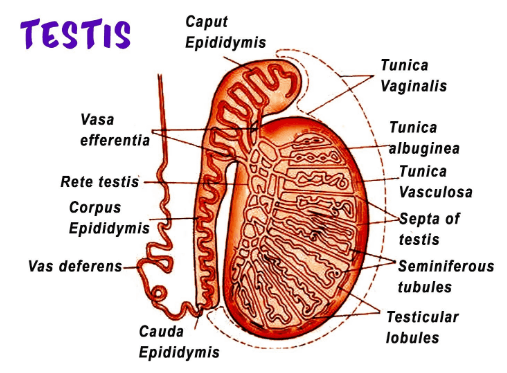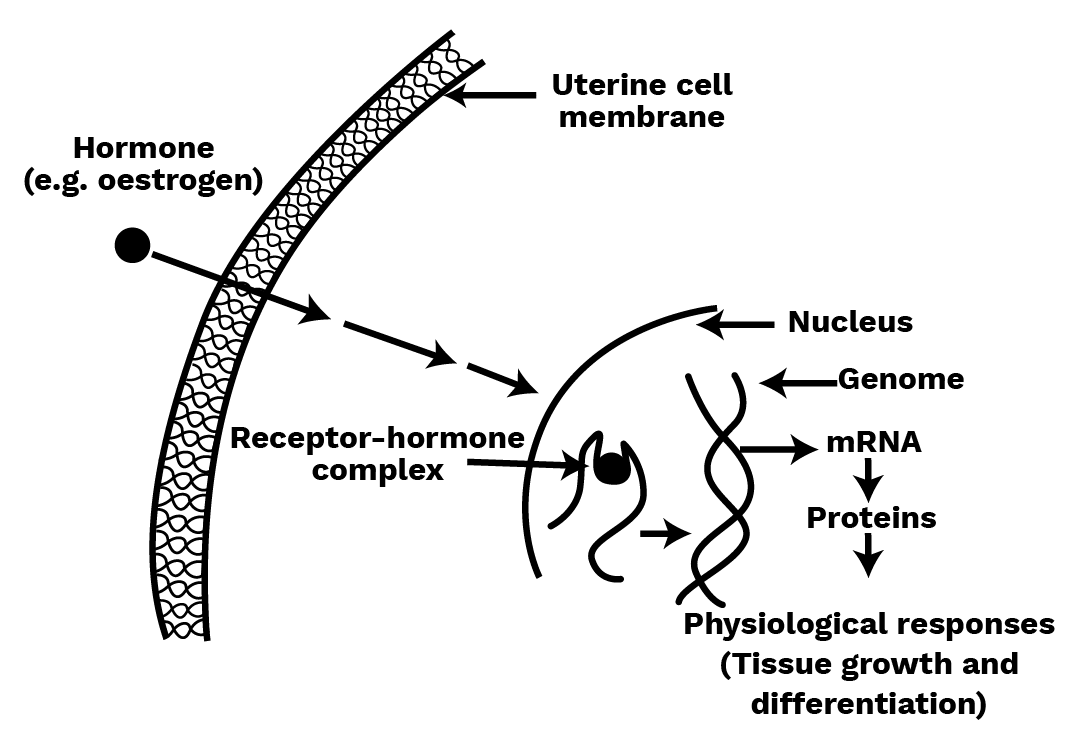Biology Notes for Chapter 19 Chemical Coordination And Integration Class 11 - FREE PDF Download
FAQs on Chemical Coordination And Integration Class 11 Biology Chapter 19 CBSE Notes - 2025-26
1. What is chemical coordination and integration, as described in Class 11 Biology Chapter 19 revision notes?
Chemical coordination and integration refers to the process by which the endocrine system and its hormones regulate and coordinate various physiological activities in the human body. Endocrine glands release hormones directly into the bloodstream, ensuring proper growth, metabolism, reproduction, and homeostasis throughout the body.
2. How do the endocrine and nervous systems work together to maintain homeostasis?
The endocrine system uses hormones for slow, long-term regulation, while the nervous system uses electrical impulses for rapid, short-term control. Together, they integrate signals to maintain homeostasis by regulating functions such as body temperature, metabolic rate, and water balance.
3. Why is understanding feedback mechanisms important in the chemical coordination and integration chapter?
Feedback mechanisms (positive and negative feedback) are crucial because they balance hormone levels in the body. For example, negative feedback prevents excessive hormone secretion, ensuring physiological processes stay within normal limits and avoid disorders such as diabetes or thyroid imbalance.
4. Which key endocrine glands are covered in Class 11 Chemical Coordination and Integration notes, and what are their main functions?
The main endocrine glands covered include:
- Pituitary gland: Master gland controlling other glands and growth
- Thyroid gland: Regulates metabolism
- Adrenal glands: Manage stress and electrolyte balance
- Pancreas: Controls blood glucose with insulin and glucagon
- Pineal gland: Regulates biological rhythms
5. How does hormonal control support growth and development in humans according to the revision notes?
Hormones like growth hormone, thyroxine, and sex hormones regulate different stages of human growth and development. They control cell division, protein synthesis, and the onset of puberty, ensuring normal physical and sexual maturation.
6. What is the significance of revision notes for Chapter 19 Chemical Coordination and Integration in quick exam preparation?
Chapter 19 revision notes offer quick summaries of key concepts, diagrams, and mechanisms. They help students recall crucial topics, clarify doubts, and reinforce understanding, making last-minute exam revision more efficient and focused.
7. What are common misconceptions students should avoid while revising this chapter?
Students should avoid confusing:
- Endocrine and exocrine glands: Only endocrine glands release hormones into the bloodstream
- Pheromones vs. hormones: Hormones act within an organism, pheromones influence individuals of the same species
- Feedback types: Not all feedback is negative; positive feedback exists but is less common
8. What are key terms students should master for Class 11 biology revision of chemical coordination and integration?
Important terms include: endocrine gland, hormone, homeostasis, feedback mechanism, receptor, target organ, hypothalamus, pituitary, negative feedback, glucagon, insulin, metabolism, and pineal gland.
9. How do diagrams help in revising chemical coordination and integration concepts effectively?
Diagrams visually represent gland locations, hormone pathways, and feedback loops, making it easier to understand complex relationships and processes quickly and recall them during exams.
10. Why are chemical coordination and integration revision notes essential for NEET and competitive exams?
Revision notes condense high-yield NEET/CBSE concepts such as endocrine gland functions, hormone actions, and disease correlations, which are repeatedly tested in competitive exams. These notes provide focused content in line with the core syllabus, boosting retention and accuracy.



















